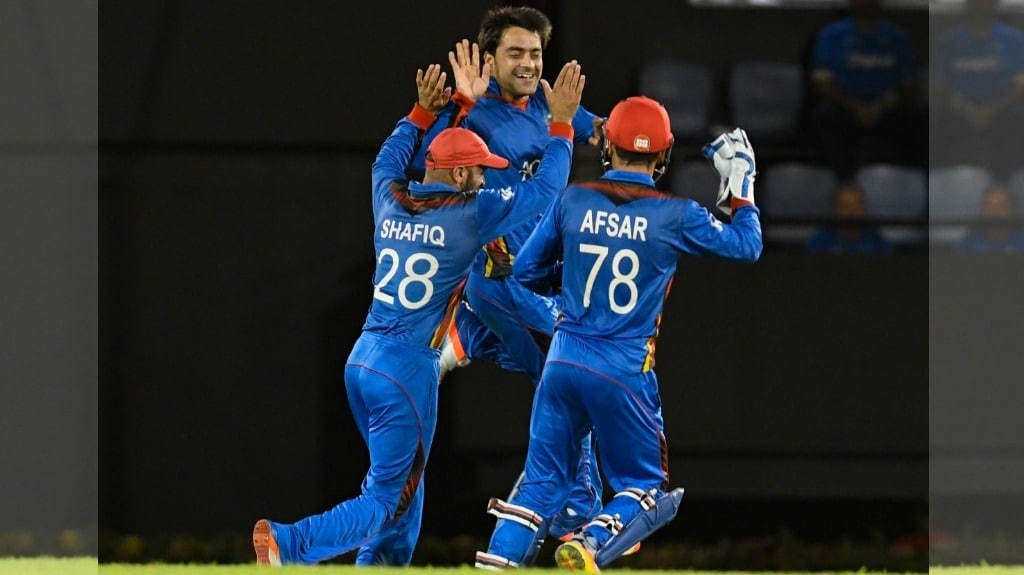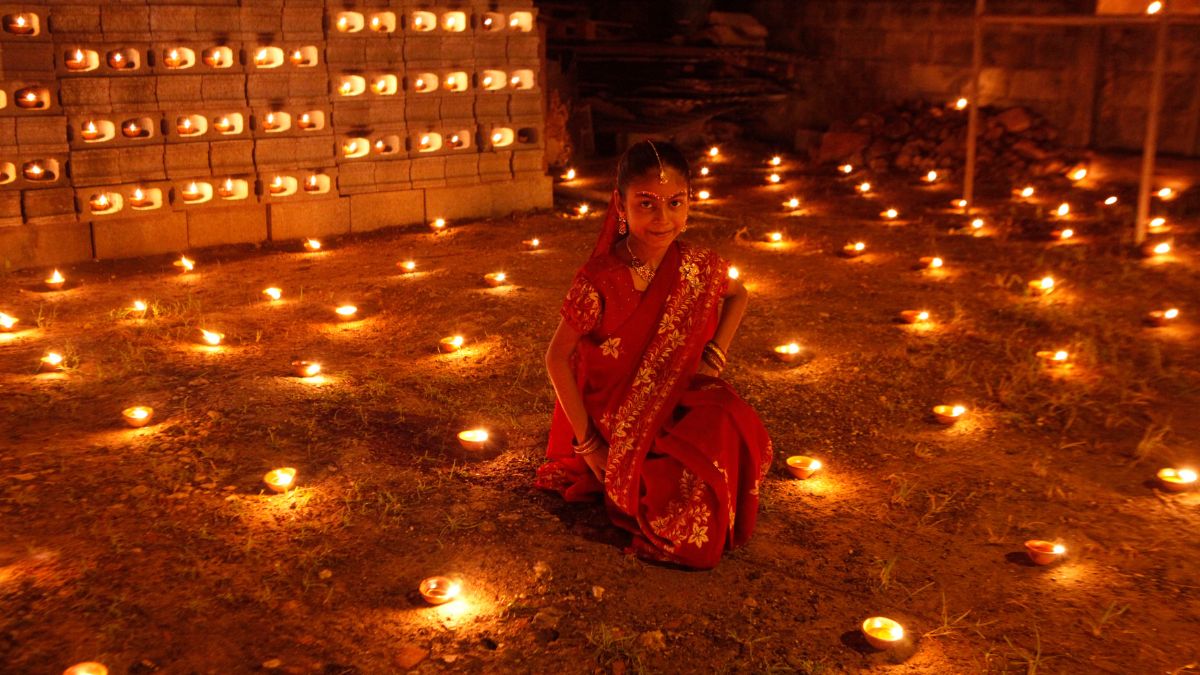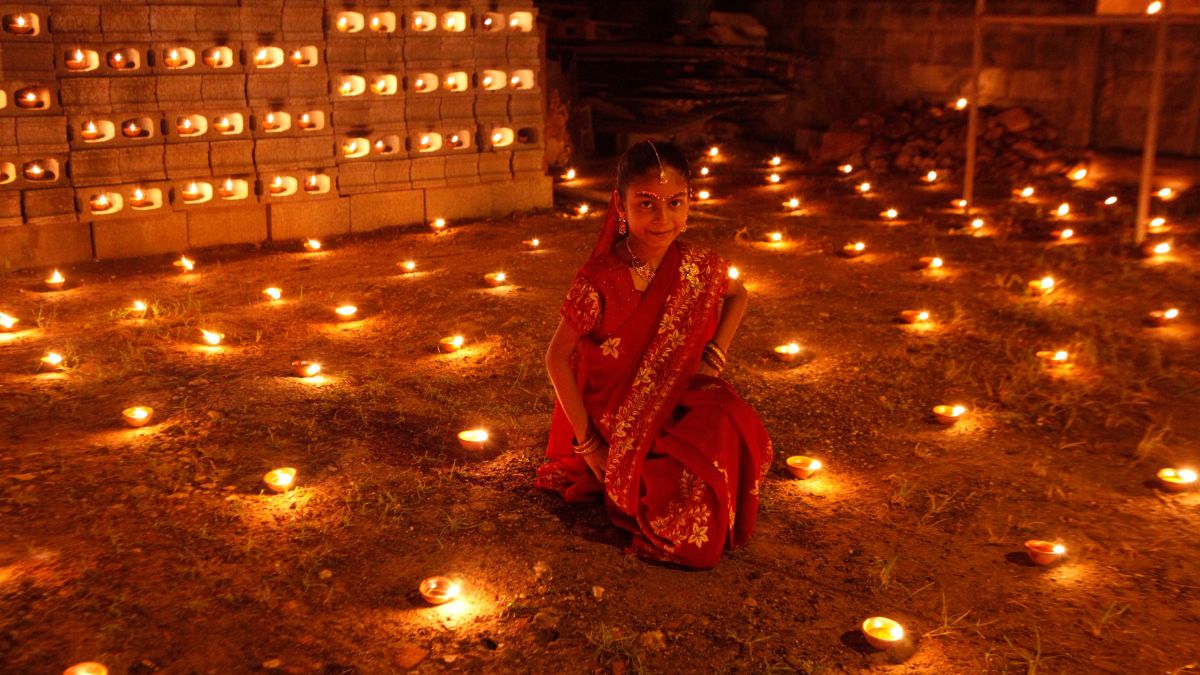It was a little under a decade ago — 8 August, 2007 — that Lalchand Rajput was appointed manager of an Indian national team, rocked by a dismal showing in that year’s World Cup. Following the ignominy of crashing out in the group stage of the first World Cup to be played in the Caribbean, came the end of l’affaire Greg Chappell that had left all parties concerned worse for wear. While the search for a new national coach was underway, it was Chandu Borde and then Rajput, who brought a sense of calm and stability to the team — marked by a memorable World T20 win that was achieved by a squad comprising largely youngsters — until Gary Kirsten was appointed as full-time coach. Flash-forward almost 10 years since he took the reins of the Indian national team, and Rajput finds himself coaching one of the most exciting prospects in world cricket and alongside Ireland, the latest entrant to the world of Test cricket: Afghanistan. “We were all overjoyed and really happy about getting Test status,” says Rajput, who succeeded Inzamam-ul-Haq as Afghan coach last year, “We’ve been trying to push for it for the past year. It was a great moment for everyone, especially the people of Afghanistan, who are really passionate about this game.” To even the most casual observers of the sport, the past couple of years have seen a tremendous rise in the fortunes of Afghanistan cricket. In his lengthy chat with Firstpost, the first thing that comes across is that Rajput is as bullish in his assessment of the rise of the team as he is uncompromising about pointing out areas for improvement.
‘To be a Test-playing country, you’ve got to work hard.’
For starters, he attributes the turnaround of performances to three key areas. “First, we wanted to win consistently. Second, in order to do so, we have had to be physically fit and work on our skill levels. Third, we have had to start hating the idea of losing,” he offers, “We concentrated on these three things in the past year and the results have paid off. We have hardly lost a series, which has really transformed the players’ mindsets and we have to keep moving forward now that we’ve got Test status.” “Earlier, Afghanistan used to play only T20s and ODIs, so they were really flamboyant and would play attractive cricket. They could beat any team and lose to any team, so the consistency levels weren’t there, but slowly and steadily consistency has entered our game.” The Afghans featured in some capacity in the 2010, 2012 and 2014 editions of the World T20. But it was only in the 2015 World Cup that the team made their presence felt on the international stage in limited overs cricket. Beating Scotland and pushing a few of the established teams — notably Sri Lanka — was a good start. The team would go on to take it to the next level in the 2016 World T20 that saw Afghanistan beat the West Indies in Nagpur. And since Rajput took over the reins, Afghanistan have achieved a win percentage of 61 across all formats. They have won six out of 10 limited-overs series and managed to draw their first ever ODI series in West Indies. But as we now know, limited overs cricket wasn’t all destiny had in story for the plucky team. “When I took over, I just asked them one thing — whether they wanted to be called just a T20 team or a Test team,” explains Rajput, to whom — like millions of others, Test cricket is a real test of a cricketer. “So if you want to grow on those lines, then these are things you have to follow. In the cricketing world, people will recognise you as a Test cricketer. To be a Test-playing country, you’ve got to work hard. And they have really responded well because that was their main aim as well. I told them, if you can play the longer version, you can play in any format.” [lq][caption id=“attachment_3799757” align=“alignnone” width=“1024”]  When I took over, I just asked them one thing — whether they wanted to be called just a T20 team or a Test team[/caption][/lq] There’s a big difference between simply wanting to be a Test-playing nation and actually becoming a Test-playing nation. And so, there must have been a fair bunch of challenges that faced Rajput and his men. “The biggest challenge was to make them understand that you have to play long innings,” says the coach candidly, “They were only scoring quick-fire scores of 30 or 40 or 60, and hardly getting any hundreds. I told them that unless they scored tons, people would not recognise them on the international level. After all, there are so many who score 30s and 40s, but this isn’t satisfactory.” Rajput, who in his playing days was considered one of the best opening batsmen for Mumbai, links his attitude to the city in which he learnt and finetuned his trade. “I am from Mumbai, which breeds a khadoos attitude in its players and it provided me the challenge of playing long innings,” he smiles. Khadoos attitude? “We’ve been brought up in the era of Sunil Gavaskar, Polly Umrigar etc. If you look at Gavaskar, when he reached a score of 20, it meant he would go on to score a ton,” says Rajput and elaborates, “They all used to say, ‘You have to value your wicket. The bowler has to earn your wicket’. This sums up the khadoos attitude. That you will not offer up your wicket on a platter. That’s the sort of attitude I want in the team. And that creates a hatred for losing.”
‘Look at Virat Kohli; if he gets into the 20s and 30s, he will go for a big score. I think that type of attitude is important.’
According to Rajput, Mumbai are 41-time Ranji champions because they used to hate losing. Now, however, he feels that attitude has slightly changed, “People say, ‘Sir, theek hai, ho gaya, har gaye (It’s alright. It’s done and we lost),’ but you have to question why you lost and resolve not to lose the next game,” he says, adding, “You should feel bad about losing. In the early days, when we (Mumbai Ranji team) used to lose a single game, we couldn’t sleep at night.” Rajput feels he has gradually been able to instil this approach in the minds of the Afghan cricketers. “In the last season, we’ve got four to five hundreds and that too, big ones. In fact, one of the players got almost a hundred in a T20 game; Mohammad Nabi got 89 in one of the T20 matches. So they are trying to attain that three figure mark.” The obvious next thought goes to just how he has been able to get the team thinking this way. Fortunately, Rajput is on hand to elucidate. “I tell them to spend more time in the middle. At the international level, people will not give away their wickets easily. Look at Virat Kohli; if he gets into the 20s and 30s, he will go for a big score. I think that type of attitude is important. In the nets I make them challenge themselves. Then, it becomes easier in the game. It takes time and can’t change overnight. And, it has taken time, but we are slowly and steadily getting there,” he admits. Of course, putting a high price on one’s wicket and grinding out knocks with a khadoos attitude is just half the battle. What about the mindset of the bowlers? After all, the transition from being a limited overs bowler to a Test match bowler is as massive a leap. “Earlier, they used to play T20s, so their mindset was to bowl dot balls. But if you play for a longer period, you’ve got to have that wicket-taking mindset,” says the man who has coached Mumbai Indians in the inaugural edition of the IPL. “In going for wickets, you will concede some runs as well, but you’ve got to get 20 wickets to win a Test. Slowly and steadily the mindset has also changed in ODI cricket, where in the first 10 overs, we are after wickets,” he says, pointing to Nabi and Rashid Khan, who have emerged as quality attacking bowlers. “They want to get wickets and even the medium pacers want to grab a few. So the mindset is slowly and steadily changing,” he reiterates. [imgcenter]
‘I want to create that bench strength because if that is strong, your national team will be strong.’
It’s similar with batting, where Rajput uses the concept of an over-confident opposition rather than an authoritative coach to motivate his team. “I say to the batsman that the opposition bowler has said he won’t allow you to score even 20 runs. I challenge my batsman to show me that he can bat two sessions. My work is done, as I want to bat him for at least four hours. If I tell him straight away that I want him out there for four hours, he might get horrified,” smiles Rajput. And that’s where the Mumbai touch comes in. But, as you’d presume, it’s not all khadoos all the time. “Sometimes you have to be friendly, sometimes strict, I have to give them room (to express themselves) also. Our dressing room atmosphere is good. Mazaak, masti bhi karte hain (We also have a lot of fun). We have team bonding sessions and make the players realise there is time for enjoyment as well,” says Rajput and adds pragmatically, “It’s not cricket, cricket, cricket all the time.” The Afghan cricket team have shown themselves to be quick at learning and even speedier at adapting to the rigours of modern cricket. But what of international exposure? What sort of experiences did Rashid and Nabi bring back to the team after their maiden forays into the IPL? “They explained how people are professional and managed so well. They learnt how to play on Indian pitches and against the best batsmen and bowlers. Rubbing shoulders with world class players has also helped them get a feel for how they prepare and their approach towards games. They have really taken a lot of positives from their first stints,” explains Rajput. One would hope so, because Tuesday will mark another historic moment for the Afghans since acquiring Test status: A one-day match against the MCC at Lord’s. While the match which will see them face the likes of Brendom McCullum and Misbah-ul-Haq and gain rich experience, Rajput would love more four-day practice matches for his team. The Afghans have played just three four-day matches in the past, having won two and lost one. [rq][caption id=“attachment_3800433” align=“alignnone” width=“1024”]  Temperament, mental toughness and physical fitness are the three challenges that await[/caption][/rq] “We played one four-day game against England Lions. We played against Holland and Ireland in the Intercontinental Cup. The need of the hour is practice games. We played three-day practice matches in Noida. I want them to play matches even against teams that have former Ranji Trophy players. I told them unless you play, you will not know what it’s like,” he says. As has become increasingly clear over the course of this interaction, Rajput places a great amount of emphasis on mindset. “It’s not like ‘Jaake dhaad dhaad maara, ho gaye 30 ball mein 70 (smashed the ball around and hit 70 off 30 balls)’. This approach is good for the shorter format, but my question has always been: If you can get 50 or 60 runs, why can’t you score 100?” “If you can’t get a century,” he elaborates with the sort of bluntness we’ve come to expect from the Afghan coach, “There are two things wrong with you. First, you are not physically fit to last that long. Second, you are satisfied with what you are scoring. You should never be content with what you get. Aim higher, jab bhook lagti hai tab hi hum khaate hai. (You will only eat when you are hungry). Never be satisfied.” And how did the team turn his teachings into practice? “In the first game they scored at a brisk pace, we played against Holland and they got 300 something in just 90 overs. We bowled them out twice, but I told them make sure you bat for one-and-a-half days. Make that a habit. They improved against Ireland and we scored 583/8 declared. That was when I was happy. I was pleased to see people trying to bide their time out in the middle. The patience factor, the temperament factor and the urge not to give away your wicket easily are important,” he replies.
‘You should never be content with what you get. Aim higher, jab bhook lagti hai tab hi hum khaate hai. Never be satisfied.’
A mammoth challenge awaits. It’s probably one that few envisioned and fewer still expected as quickly as it has arrived at Afghanistan’s doorstep. What does the coach make of it? “The biggest challenge for any coach is to make sure they play five-day cricket and win more matches. Temperament, mental toughness and physical fitness are the three challenges that await. We will take them one at a time and make sure we don’t show the opponent any weakness,” he declares. Before wrapping things up with the clearly proud Afghan coach, there’s one last thing that needs answering: What’s Rashid like in person? Rajput laughs, “The important thing is that he is not scared of getting hit for runs. He is mentally strong and likes challenges. That’s what I admire about him. On his IPL debut, he was brought on to bowl in the powerplay and was neither scared nor overawed by the crowd. So that shows that he’s mentally very tough.” There’s one final thing Rajput leaves us with and it provides a great sense of perspective to the sort of sporting achievements these men from Afghanistan have already attained. “One good thing about these players is that they are mentally very, very strong because they are from a war-torn country and have seen it all,” he says, “They say, “Sab dekha hai humne, toh yeh kya cheez hai? (We’ve seen worse than this, this is nothing). They’ve lived a tough life. They want to do well. And they won’t back down.” The rest of the world would do very well to consider itself amply warned.


)
)
)
)
)
)
)
)
)



